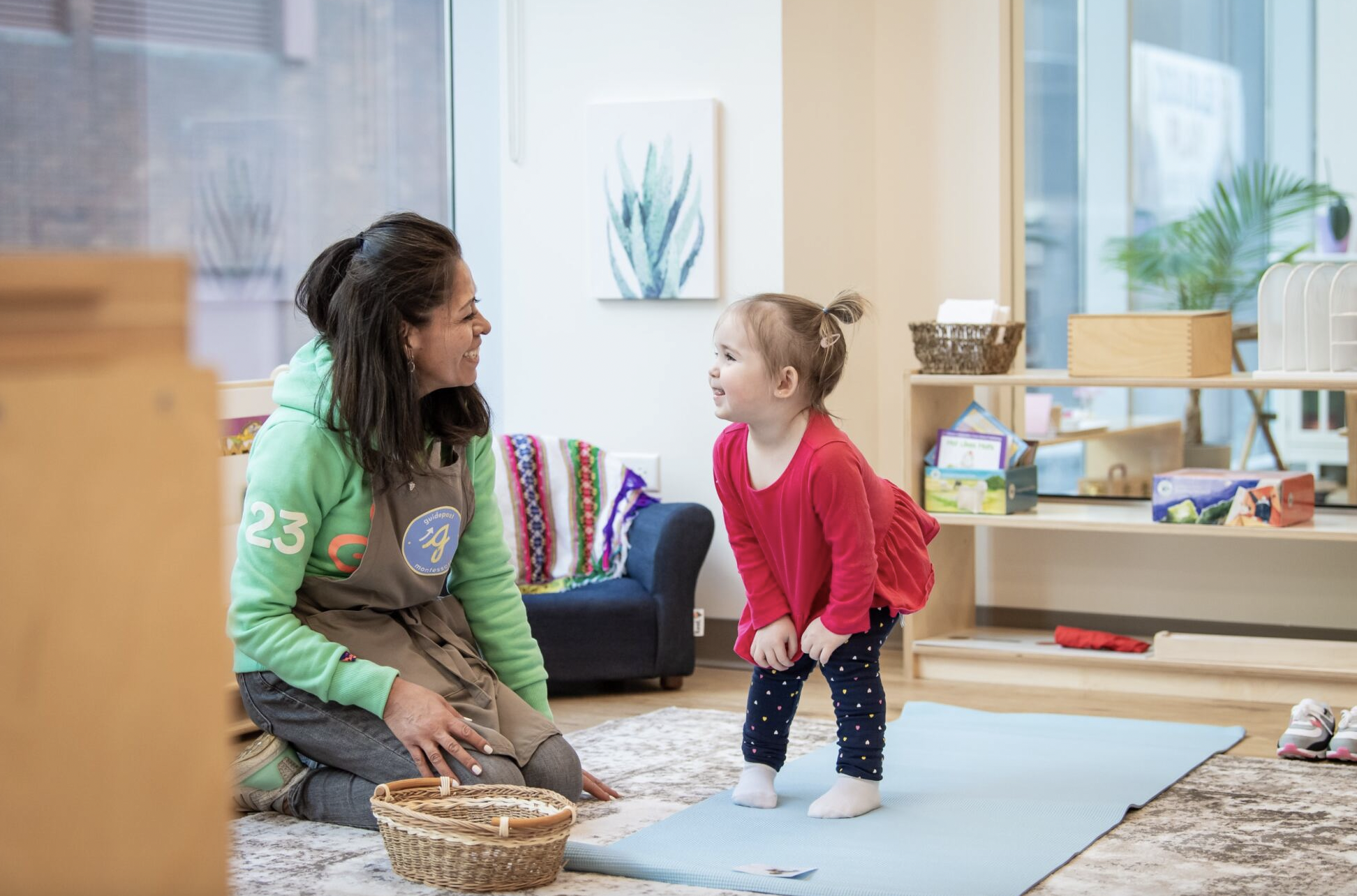As children embark on their academic journey to absorb skills and knowledge in kindergarten, one of the most significant milestones parents and educators eagerly look for is the child's reading readiness. This is a transformative phase, where they begin to be able to decode letters, blend sounds, and derive meaning from words, marking a monumental progression in their cognitive development.
While it's true that there's no strict universal timeframe determining when a child should start reading, there are definitive markers. In this article, we’ll break down these markers that help parents and educators assess a kindergartner's preparedness and inclination to immerse themselves in the vibrant world of literature.
Recognizing Most of the Alphabet
As one of the fundamental steps towards reading readiness, recognizing the alphabet is the very first key that unlocks a world of reading and writing for children. The ideal scenario is for them to be familiar with all 26 letters. However, it's also practical to understand that some letters, especially the lesser-used ones like 'q', 'x', or 'z', may take longer to grasp. Another crucial aspect is their capability to discern between uppercase and lowercase letters, a skill indispensable given the mixed usage in most textual content.
Understanding Phonemic Awareness
Phonemic awareness is a complex skill that involves the ability to identify, differentiate, and manipulate individual sounds, or phonemes, within words. Children in kindergarten learn to associate each letter with its distinct sound, a vital skill for effective word decoding and pronunciation.
Pre-reading activities like singing nursery rhymes play a crucial role in helping children recognize the different sounds of letters. Engaging games that motivate children to discern the beginning sounds of familiar objects or words, along with structured phonics sessions, offer a comprehensive, layered approach to understanding the alphabet's auditory diversity.
Grasping Print and Books
Before children in kindergarten can fully dive into independent reading, it’s important for them to understand how print works, such as internalizing the left-to-right reading pattern characteristic of English and grasping the concept that textual combinations correspond to distinct meanings.
To strengthen the connection between written symbols and their meanings for the children, you can employ effective strategies. These include establishing a regular reading routine, tracing words together during shared reading sessions, and fostering curiosity by encouraging them to identify words on everyday objects.
To bolster this recognition, methods like rhythmically singing the alphabet song, creating a playful environment with letter-spotting games, and using tangible educational tools can make the learning experience both fun and effective.
Exhibiting Good Listening and Comprehension
The act of reading seamlessly blends word decoding with comprehension. A helpful assessment strategy is to determine if the child actively engages with a story, retains its meaning, and answers related questions. Encouraging open dialogues allows the child to express their thoughts, interpretations, and questions, providing valuable insights.
Displaying a Keen Interest in Reading
Perhaps the most heartwarming and telling sign of a child's reading readiness is their genuine enthusiasm. This is evident when a child shows curiosity by lighting up at the sight of words, eagerly requesting stories, or proudly attempting to read familiar words aloud. Nurturing this enthusiasm is essential. By adopting a positive attitude towards reading, actively engaging in their imaginative storytelling, gently providing corrections when necessary, and exposing them to community reading activities, their passion for reading can be encouraged and enhanced.
Final Thoughts on Assessing Reading Readiness for Children in Kindergarten
Assessing reading readiness in kindergartners involves recognizing, understanding, and nurturing these significant developmental markers. Every child's literary journey is beautifully unique, and with the right blend of patience, methodical encouragement, and strategic supportive tools, this phase can open up a deeply enriching and gratifying chapter for both the child and those guiding them.
Embarking on Your Child Towards Reading Readiness with Right Activities
Montessori education gracefully guides children along their path to reading readiness through pre-reading activities. Curious about the transformative potential of the Montessori method? Explore the enriching world of Montessori kindergarten programs at Guidepost and watch them flourish.
Categories: Tags:


